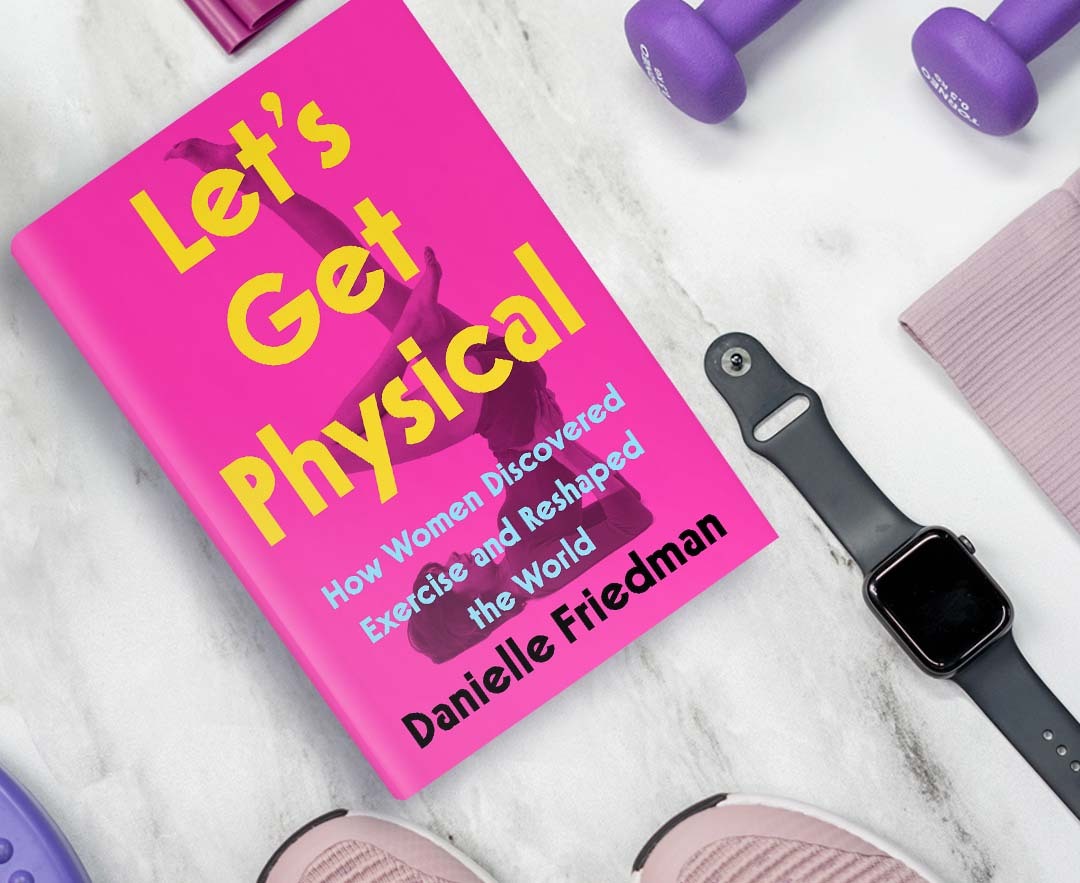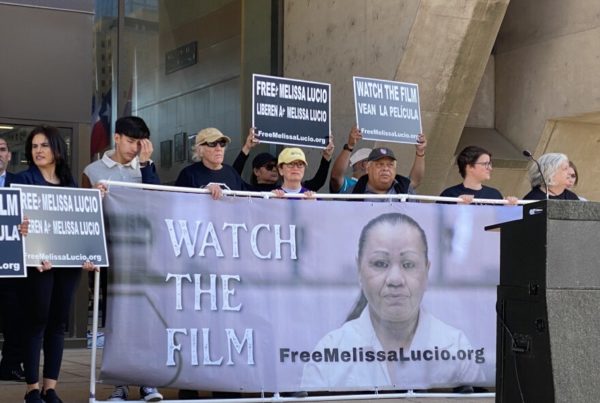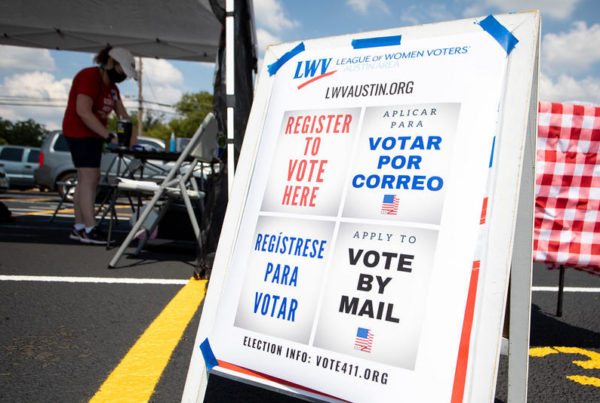Jazzercise, the ThighMaster and Tae Bo have come and gone, but the exercise industry has a complicated and controversial history. And for women, a once exclusionary industry turned around to target them as prime customers.
Journalist Danielle Friedman explores the effects of changing exercise culture In her new book “Let’s Get Physical: How Women Discovered Exercise That Reshaped the World.” She talked with Texas Standard about the era when boutique exercise was commercialized, and where the industry is headed from here. Listen to the interview above or read the transcript below.
This transcript has been edited lightly for clarity:
Texas Standard: There are generations now that couldn’t remember – because they weren’t alive – a time when being athletic or working out was seen as unladylike, maybe even unhealthy. Could you take us back a little to the issues of that time?
Danielle Friedman: That’s right. My book begins in the 1950s, which was a time of very strict gender norms in the post-World War II era. And during that time, for women, the idea of breaking a sweat, of lifting weights, of cultivating strength for strength’s sake was really considered quite radical. There were also a whole lot of myths and fears about what vigorous, strenuous exercise would do to a woman’s body – for example, that it could damage her reproductive organs, make her uterus fall out. That was a favorite belief, or even turn her into a man. Women were told they would grow a mustache if they exercised too hard. So all of these, social factors served to really keep women pretty sedentary.
When did this shift to a more contemporary perspective of women’s physicality actually happen and who was behind it?
It was a gradual shift that first got underway in the late 1950s and 1960s, and then in the 1970s, it just took off. And it was really thanks to a kind of perfect storm of social and cultural shifts. There was the rise of the women’s movement, which pretty explicitly encouraged women to defy the idea that they were the weaker sex and to cultivate strength. There was also an emerging body of medical research that debunked some of those myths that I mentioned, and that stated it was actually really beneficial for women to exercise aerobically and to strength-train, even. So those factors combined with general changes in the cultural perception of women’s potential helped to fuel the rise of the women’s fitness industry in the 1970s. There was also Title 9 in 1972, which we mostly talk about in the realms of high school and college sports, but that also had an impact on opportunities that were created for women to move.
I’m fascinated by the way the commercialization of the workout industry led to some rather big changes. The title of your book, I would suspect, borrows from that Olivia Newton-John song, right? And if anyone remembers the video by any chance, what’s hilarious Is that she is whipping a bunch of guys into shape, right?
That’s right. That’s right.
What was happening about that period? We’re talking about late 70s, early 80s, when things are really tilting much more in the direction of women and athleticism.
Throughout the 1970s, thanks to some of those social and cultural changes, a new generation of female fitness evangelists began launching many of the fitness movements that laid the groundwork for the way that we work out today.
You mentioned Jazzercise. Jazzercise was huge. It was created in 1969, and by the early 1980s it was the country’s second fastest growing franchise, right behind Domino’s Pizza.
The women’s running boom took off in the 1970s, and another really key shift is that gyms became coed. Until the mid to late 70s, there were very few gyms that even existed for women or that let women in. But if they did, there would be special ladies’ days in the late 70s, early 80s, the kind of big health gym multiplex concept sprung up across the country and as gyms became coed, they also became social scenes and single scenes and fitness industry entrepreneurs realized there was there was potentially a lot of money in the scene.
A big part of this story – and I think there’s a show on Apple TV+ that’s set in this era – that touches on eating disorders and the role of the sort of exercise industry in perpetuating these issues, right?
Yes. That was sort of the central tension throughout my book and throughout this history – is the way in which the rise of women’s fitness has both liberated women and oppressed women because of the additional layers of body ideals and the additional pressures to look a certain way – what those have sort of done to women. And so what I wanted to trace was how the beauty and diet industry and fitness industry became so intertwined. And there’s a really long history there. Even in the early days in the 1950s and 60s. Some of the early women’s fitness pioneers recognized that selling strength for strength’s sake was never going to be accepted. So they sort of savvily recognized that if they sold fitness as a way to be more beautiful, more appealing to your partner, more feminine that that was a way to kind of get people on board. But it really unleashed a monster.
You take a look at the industry today. Where do we stand with momentum behind all of these changes? Has the industry, after booming, plateaued? Is it still continuing to grow? And what about issues of access?
Well, the industry is constantly evolving and it just sort of went through another paradigmatic shift, thanks to the pandemic, as brick and mortar studios had to shift to remote classes. But the shift that I’m seeing that is the most encouraging right now is that I think we’re at the beginning of a shift where fitness is being sold more as a tool to cultivate mental health strength, overall well-being and less about changing our physical appearance. And again, I say that this is the very beginning of a change. But I spoke with many fitness industry leaders and professionals who talked about how some of the language they would use in class just five or 10 years ago focusing on changing your problem areas or getting ready for bikini season or anything that’s kind of aesthetically focused – they just they have completely stopped using that language. And I think whether it’s that the change is incremental and there might still be sort of an implicit message that you’re there to shape your body. But we are we really are starting to see changes in the way that it’s marketed. And it’s very clear to me when I look at it in the larger arc of this history,















